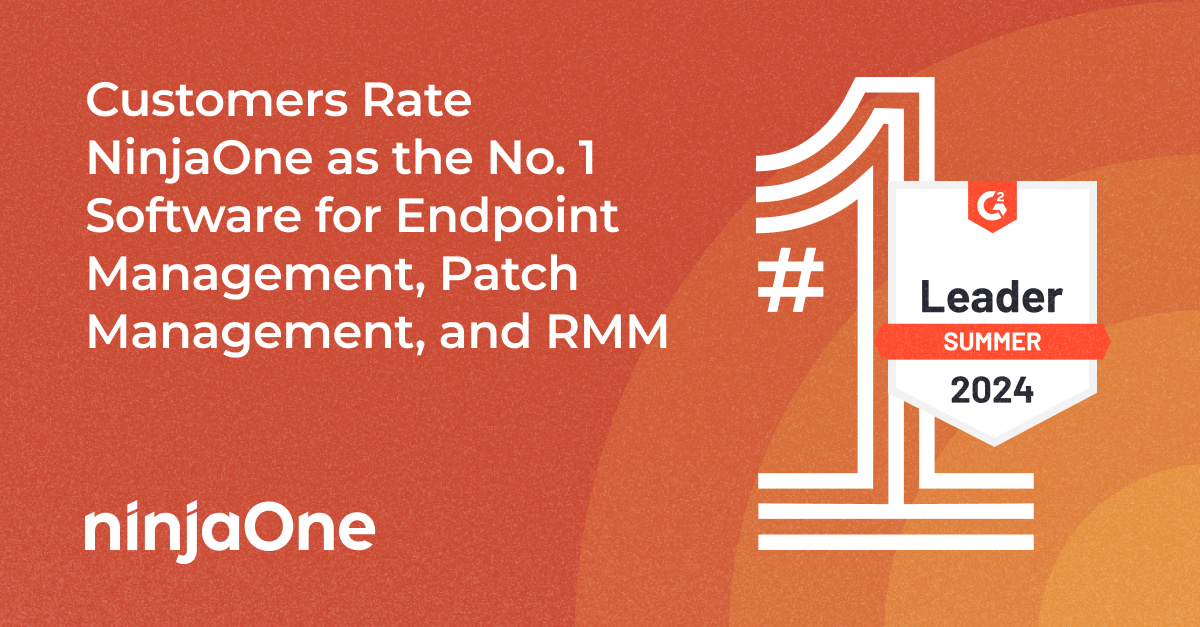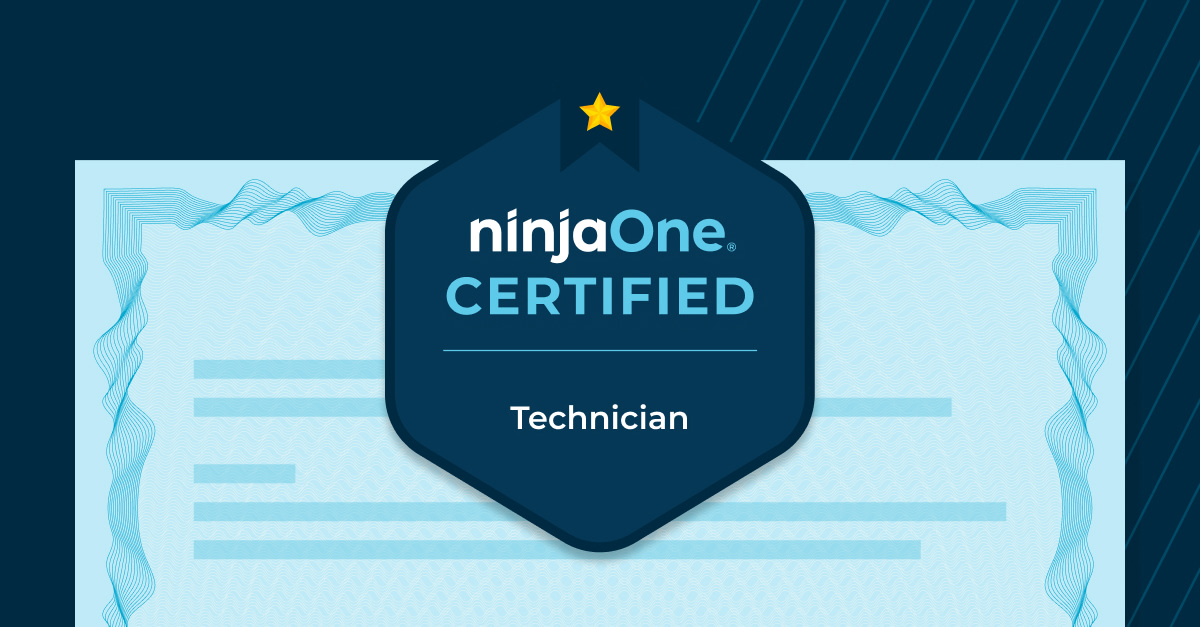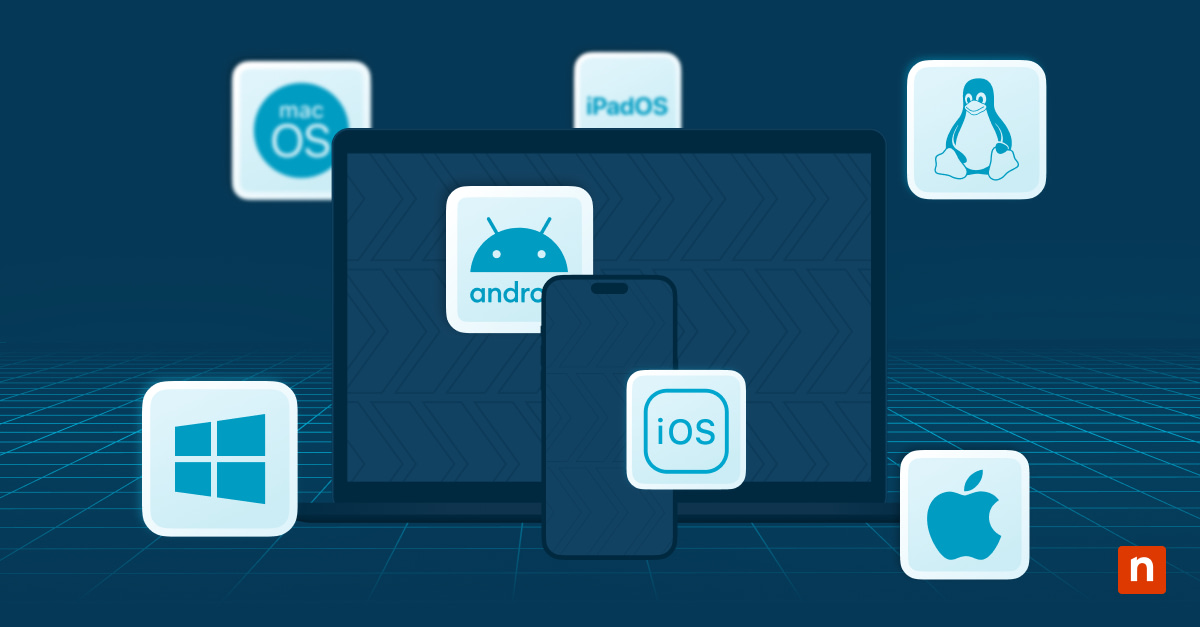
Photo by Little Visuals
Note: This post is an excerpt from our new guide, 5 Steps to Growing Your MSP Business. Download your complete copy here.
To succeed and grow as a MSP, one of your underlying goals has to be increasing recurring revenue. New customer acquisition certainly accomplishes that, but what about creating new opportunities with the customers you already have? This goes beyond the customer retention strategies I discussed in the previous post. Retention helps you avoid losing revenue, so it’s obviously important. But to extract more recurring revenue from your current customer base you need to expand the scope of your services.
In this fourth blog in our series on growing your MSP business, I’m going to discuss ways you can identify opportunities to extend your services footprint within existing customers to solidify your relationship with them and increase revenue.
Increasing Recurring Revenue from Existing Customers: 3 Paths and 3 Dependencies
New recurring revenue opportunities aren’t confined to new customers. You should be looking for ways to generate more recurring revenue from existing customers, as well. There are three basic ways to accomplish this:
- Increase your services reach: Take a service you have in place today at a given customer and expand the scope of your management. Let’s say you have a customer with more than one location. Are you managing each one? If not, there’s an opportunity to expand. Or maybe you’re currently backing up servers only for a particular cucstomer. What about adding critical client endpoints to the service?
- Augment an existing offering: Let’s say you’re offering simple endpoint AV as a security service. By introducing a second-tier service package that includes email, web, and DNS filtering you could bring in additional revenue.
- Add on a new service: Perhaps you’re simply focused on RMM services. Consider what additional services (backup, DR, security, archiving, etc.) might be easy for you to offer by leveraging MSP-centric software solutions designed to simplify delivery and management.
You don’t necessarily need to do all three of these things to grow effectively, but it’s important to realize all three are possible under the right conditions. It really depends on a few factors:
- Staffing: Depending on the service, any one of the expansion options may require additional hands. Think about your ability to add on headcount and/or your current tech utilization rates to determine which of the three are viable options.
- Expertise: This is particularly pertinent when adding new services. You need to determine your comfort level with being able to actually troubleshoot and deliver. You may need to consider adding on a tech with specific knowledge and skillsets.
- Need: It’s all fine and good for you to take on any of the expansion options, but if no customers actually want what your offering, it’s moot. Before you make any decisions, have a few discussions with some of your best customers and solicit feedback on the proposed service changes.
This particular path to growth is one that you can take steps down today. It takes far less work than, say, finding new customers. So as you start strategically planning around opportunities for growing your business, this one should stand out as your path of least resistance.
Next week, in the final blog in this series, I’ll discuss the tackling the challenge of growing the business, itself – from scaling back office and billing operations to refining your processes and profitability.
Next steps: Download the complete guide
Missed a post in the series? Get your free copy of 5 Steps to Growing Your MSP Business now.
Inside, you’ll learn how to:
- Overcome the most common growth hurdles
- Create — and stick to — a practical growth plan
- Craft a value proposition that hits home with new prospects
- Acquire the right type of new customers
- Upsell your best current customers, and keep them happy while you grow
- Scale your business operations to make growth sustainable








